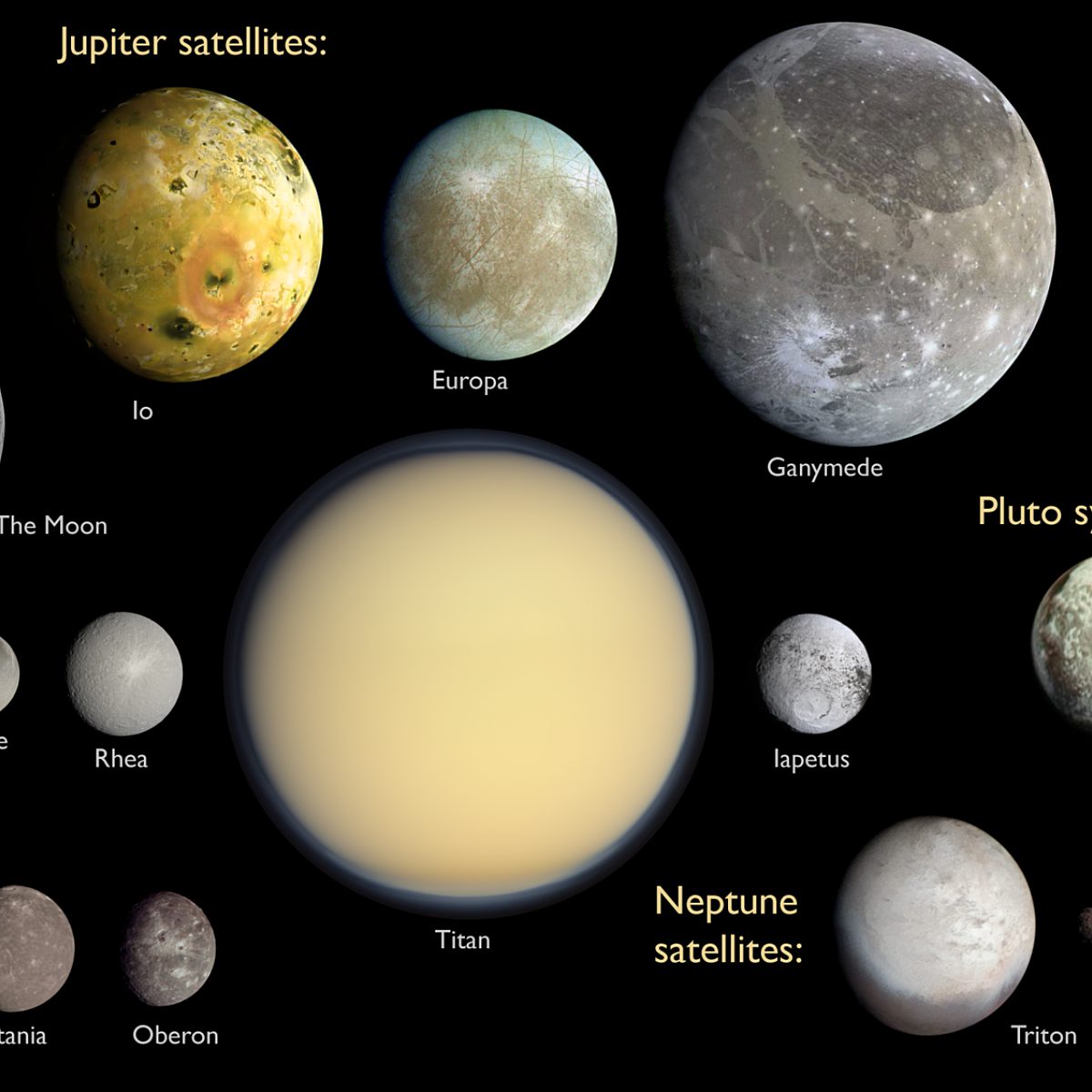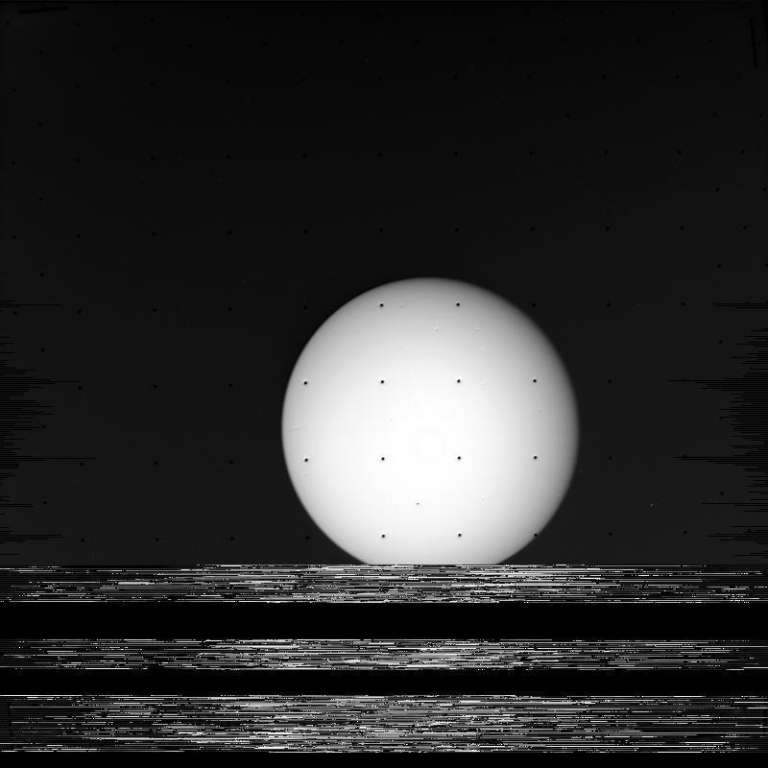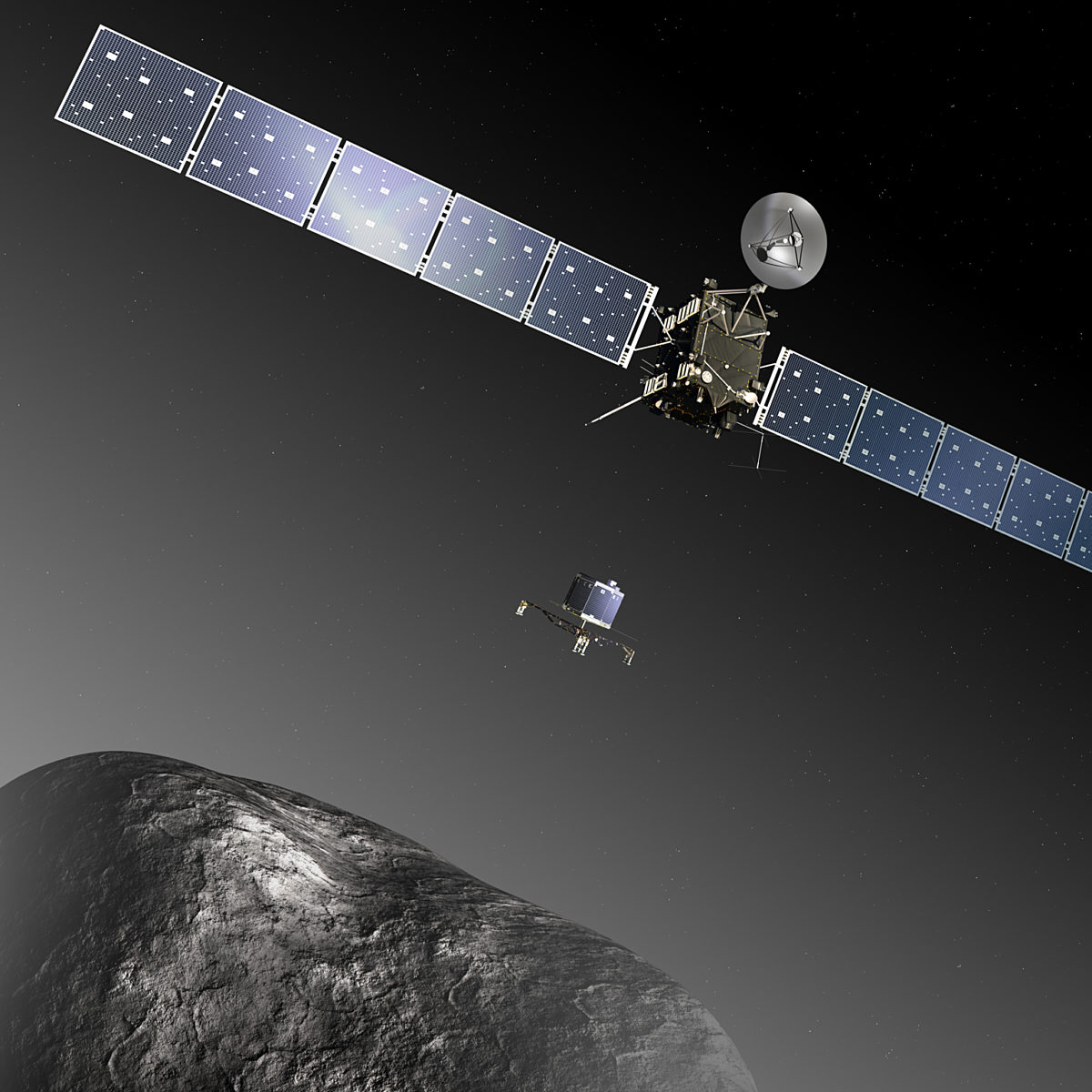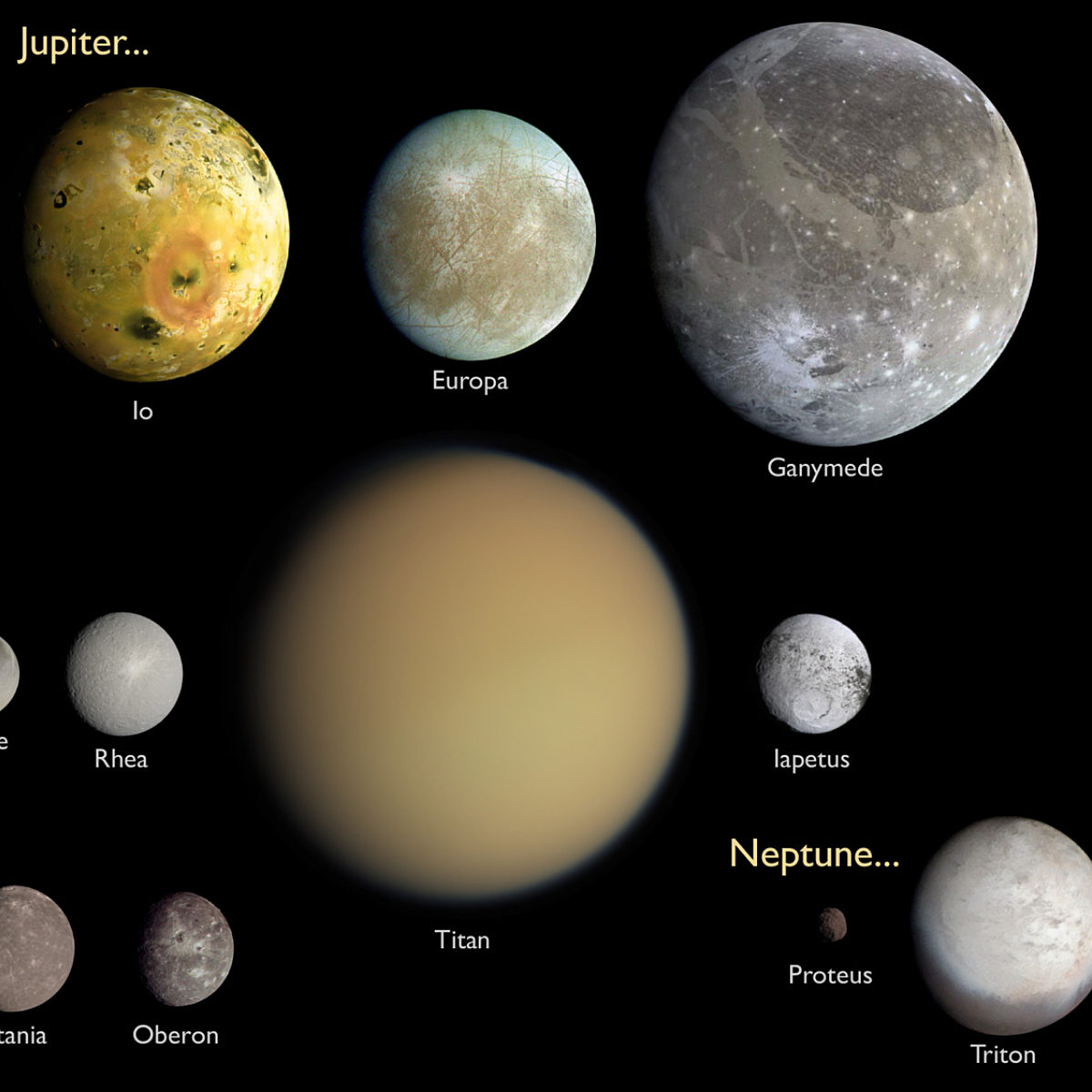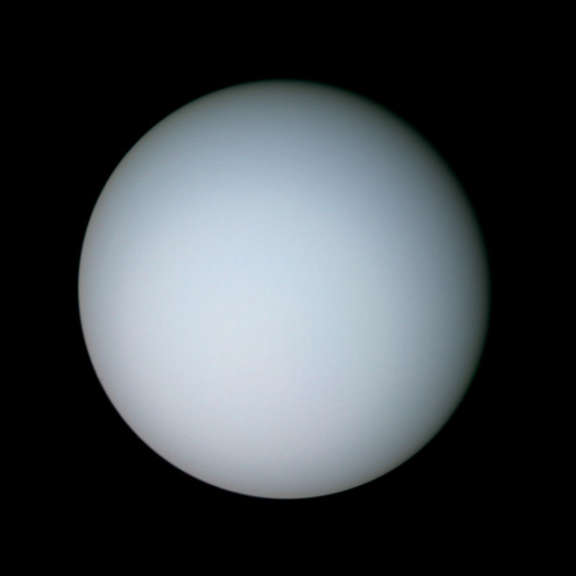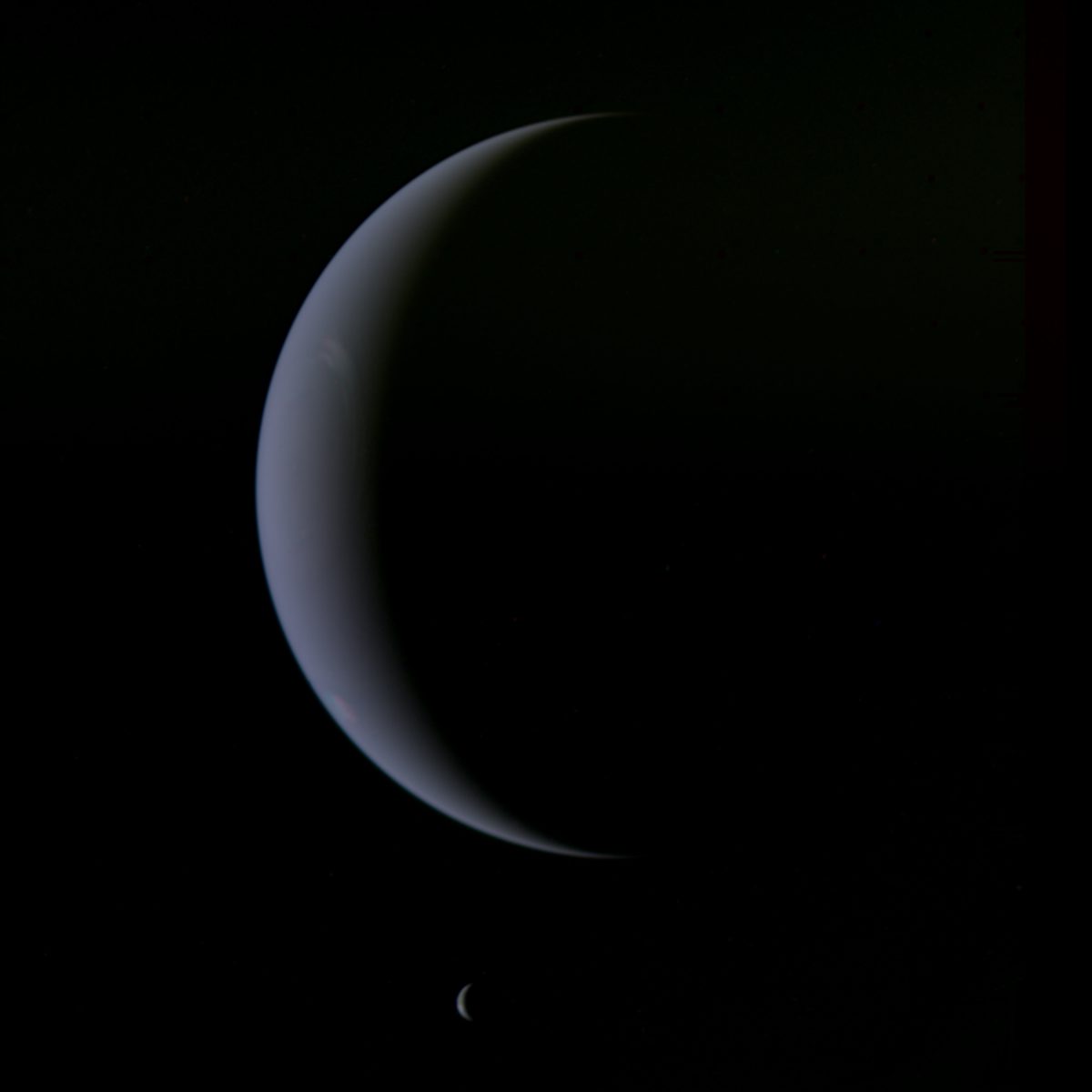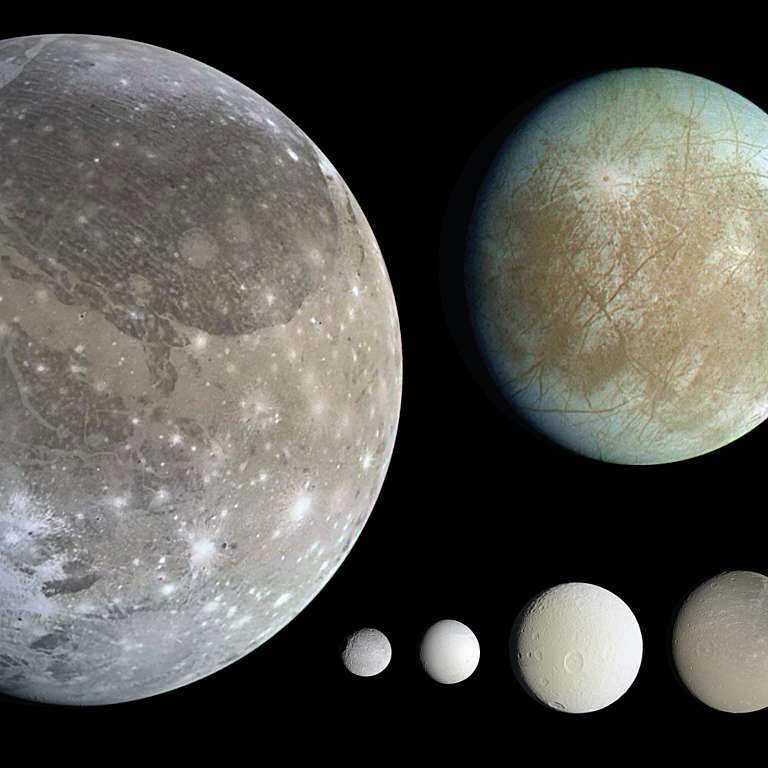All
All
Stories, updates, insights, and original analysis from The Planetary Society.
Checking in on Uranus and Neptune, September 2015 edition
There are no spacecraft at Uranus or Neptune, and there haven't been for 30 and 25 years, respectively. So we depend on Earth-based astronomers to monitor them, including Damian Peach.
The not-planets
Now that I have a reasonable-resolution global color view of Pluto, I can drop it into one of my trademark scale image montages, to show you how it fits in with the rest of the similar-sized worlds in the solar system: the major moons and the biggest asteroids.
At last, Ceres is a geological world
I've been resisting all urges to speculate on what kinds of geological features are present on Ceres, until now. Finally, Dawn has gotten close enough that the pictures it has returned show geology: bright spots, flat-floored craters, and enigmatic grooves.
Ceres: Just a little bit closer (and officially better than Hubble)
Last week's Dawn images of Ceres were just slightly less detailed than Hubble's best. This week's are just slightly better.
Revisiting Uranus with Voyager 2
Amateur image processor Björn Jónsson brings us some new views of Uranus from reprocessed Voyager 2 data.
45th Binghamton Geomorphology Symposium Report
The 45th Binghamton Geomorphology Symposium, usually focused on terrestrial studies, shifted this year to planetary science. Ted Stryk gives us an overview.
Another Pale Blue Dot — Uranus Spied By Cassini
The Cassini mission has already returned an array of images of other solar system members from Saturn orbit: Earth (and the Moon), Venus, Mars, and Jupiter. It’s time to add another world to that list!
Through a Glass, Darkly
When sent from deep space, even imperfect images can inform and amaze.
Cosmos with Cosmos Episode 6: Travellers' Tales
The Voyager mission may be the ultimate expression of our desire to explore, but why does that will exist in the first place? Why is it unique to humans?
Uranus Awaits
It’s been a long time since anyone paid Uranus a visit. The Uranus system is, however, fascinating, as evidenced by the wealth of topics covered by the diverse group of planetary scientists who gathered to discuss it last week at the Paris Observatory.
Gravity assist
With the recent announcement by NASA that the 36 year-old spacecraft Voyager 1 has officially entered interstellar space at a distance from the sun about four times further than Neptune's orbit, and with Voyager 2 not far behind, it seems worthwhile to explore how humans managed to fling objects so far into space.
Europe Will Select Its Next Major Science Mission in November
The European Space Agency will announce two major science missions this November, one of which is likely to be devoted to solar system exploration.
Scale comparisons of the solar system's major moons
A few presentation slides with pretty pictures, sized to scale, of the large moons of the solar system.
Uranus or Bust (and on a budget)
New plans may make a mission to Uranus affordable within NASA's new, constrained budget.
Lesser-known views of Uranus and Neptune
Despite the fact that Voyager 2 returned relatively few high-resolution images from either Uranus or Neptune, there are many more photos in the archives than regularly make it to public view.
Planetary Society Weekly Hangout: The Ice Giants, with Heidi Hammel
My guest this was Planetary Society Board vice president Heidi Hammel. We discussed two planets near and dear to our hearts, Neptune and Uranus. What's new on these icy worlds since Voyager 2 passed by, and what are the prospects for their future exploration?
Planetary Society Weekly Hangout: Reports from the Lunar and Planetary Science Conference
On Thursday at noon PDT / 1900 UTC I'll report on some of my favorite findings from LPSC, and answer your questions about the latest planetary science.
LPSC 2013: License to Chill (or, the solar system's icy moons)
Reports from the March 19 session at the Lunar and Planetary Science Conference covering eight icy moons in the outer solar system: Ganymede, Europa, Dione, Rhea, Mimas, Tethys, Enceladus, and Miranda.
Mysterious Umbriel
Presenting a newly-processed version of Voyager 2's best images of Uranus' moon Umbriel.
DPS 2012: The most detailed images of Uranus' atmosphere ever
New ground-based images of Uranus show more finely detailed structure than any photos I have ever seen.


 Explore Worlds
Explore Worlds Find Life
Find Life Defend Earth
Defend Earth


 Sun
Sun Mercury
Mercury Venus
Venus Earth
Earth Mars
Mars Jupiter
Jupiter Saturn
Saturn Uranus
Uranus Neptune
Neptune Small Bodies
Small Bodies
